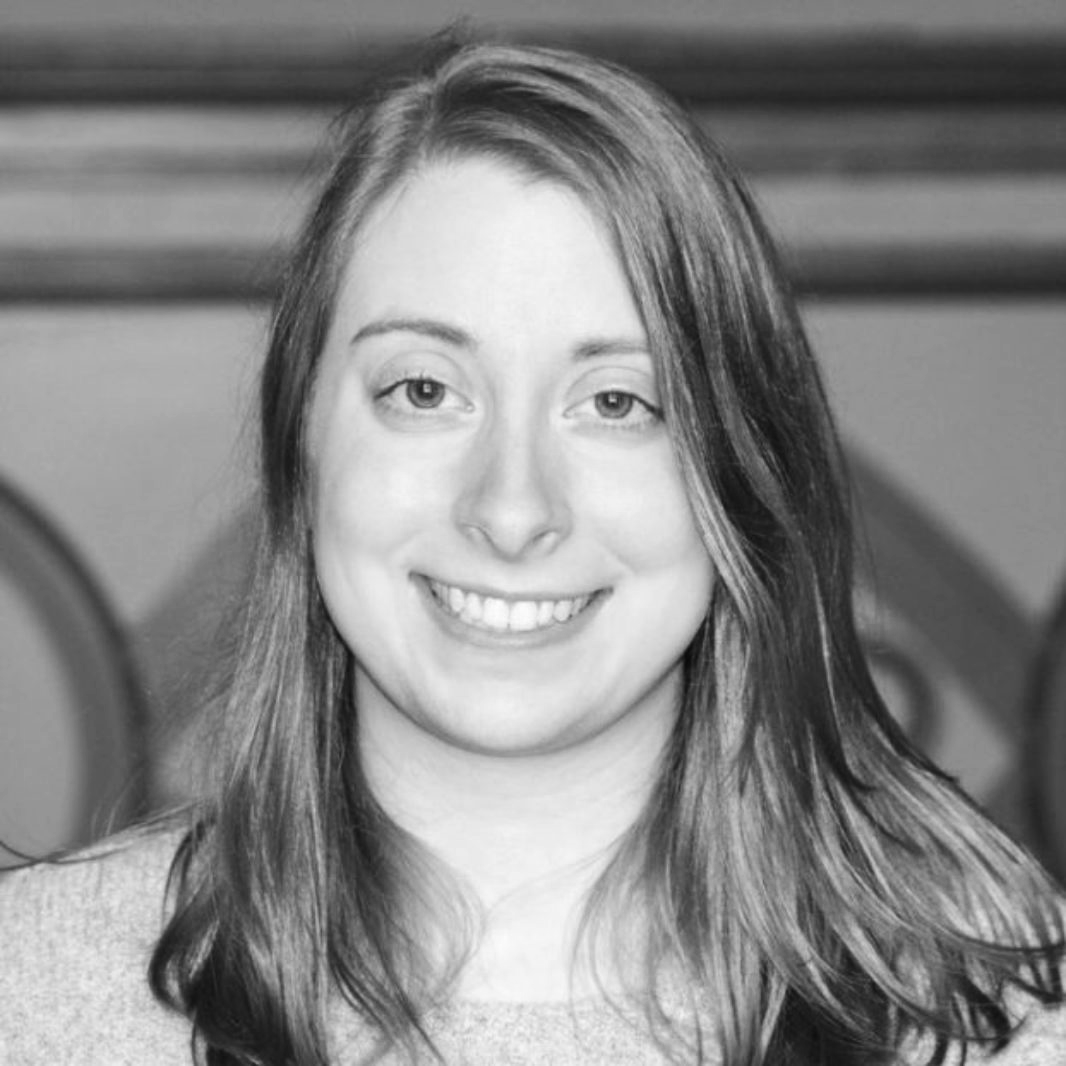Two Sigma Fellowships recognize doctoral students who are expanding frontiers in a STEM field such as statistics, applied mathematics, computer science, and physics. In our series, The Fellowship Forum, we catch up with past and present Two Sigma Fellows to highlight the fascinating research they’re performing in their respective fields.
Ellianna (Ellie) Abrahams is a Two Sigma Fellow and doctoral student within University of California at Berkeley’s Departments of Astronomy and Statistics. We spoke with Ellie about how the Two Sigma Fellowship has supported her doctorate journey and her recent work on building data-driven methods for incorporating scientific intuition into computer vision algorithms for the time-domain.


Ellie Abrahams
University of California at Berkeley, Departments of Astronomy and Statistics
How did you first learn about the Two Sigma Fellowship?
My masters advisor, Professor Josh Bloom, suggested that I apply to the Two Sigma fellowship at the start of my PhD due to the interdisciplinary nature of my research. I’m so grateful for that suggestion, because the fellowship has played a key role in shaping the interdisciplinarity of my PhD.
What drew you to apply to the PhD fellowship?
My research focus exists at the intersection of several departmental disciplines, and I knew that the Two Sigma fellowship would provide me with full intellectual freedom, independent of projects tied to a particular mission or field.
What is your area of research?
I build data-driven methods for incorporating scientific intuition into computer vision algorithms for the time-domain. This means that I work to create neural network approaches that reward learning scientific boundary conditions simultaneously to the statistical learning that is typically achieved. I generally work on data-intensive applications in applied physics, and I am most interested in questions that concern spatiotemporal variability.
What excites you about your field?
We are at the beginning of a deep learning revolution for the sciences which is largely occurring in the open science arena. Generative AI has exploded onto the scene with applications like Chat-GPT and DALL-E, and open science iterations on these and other AI models are being developed daily. It’s exciting to be a part of AI research at this time, especially since there’s tremendous potential to consider how merging traditional scientific approaches with open science methods and recent AI models might help us discover answers to some of humanity’s biggest challenges.
How has the Two Sigma PhD Fellowship supported your doctorate journey?
Two Sigma has provided me with the opportunity to select PhD advisors in multiple departments, thereby allowing me to create a uniquely interdisciplinary program for myself in graduate school. This has allowed me to conduct research and publish papers with applications across the fields of statistics, astronomy, and earth science.
What advice would you share with others who are considering pursuing a doctorate degree?
Cultivate relationships with good mentors. At the beginning of my fellowship, Two Sigma provided me with a wonderful mentor whom I continue to meet with regularly throughout my graduate career. We have had great conversations, and I’ve learned a tremendous amount from her. I’m very grateful for my Two Sigma mentor’s advice and support as I navigate this career stage and consider what I hope to do next.

Is there a project that you are working on that you’re particularly excited about?
I am currently working to teach deep classifiers some of the geomorphological context that’s expected in polar regions. This should allow us to automate the mapping of a rare phenomenon that occurs on the Antarctic coast, when warm water plumes melt out a small area of open water at the boundary between sea ice and ice shelves. Understanding the long-term seasonal variability in these areas has the potential to help us learn about the year-round interactions between ancient ice shelves and our warming ocean at extremely remote and hard to monitor locations. Ice shelves are uniquely dynamic environments, and the Antarctic ice sheets hold approximately 60% of all the freshwater on Earth. If we can better understand how these ice sheets are evolving, we will be better informed about expected sea level rise in the coming decades.
What sparked your curiosity recently?
The Clipper mission to Europa, one of Jupiter’s moons, is set to launch in about a year and a half. One of the goals of this mission is to try to understand if there are warm vapor plumes that could be used to remotely probe the moon’s interior. It’s intriguing to think about some of the analog ways that we use warm water plumes on earth to probe the conditions of the ocean at depth, and how we might translate some of these methods to remote sensing missions at other locations in our solar system.
You mention that you are passionate about algorithmic justice and methods for the fair use of data. Could you tell us a little more about the work you do around it?
There are many important questions that surround the use of big data and AI for social endeavors. I am interested in the question of what exactly neural networks learn, and if they are learning fairly, particularly in the contexts of complex datasets that have potentially confounding factors. One possible approach to creating better algorithms for societal applications is to explicitly incorporate social understanding into the conditions of the analysis pipeline which relates to some of the ways that I think about incorporating domain context in my general research. I’ve been working with colleagues on some potential approaches for probing neural network understanding within remote sensing applications to the social sciences.
As an avid hiker and camper, do you have a favorite trail or location you hope to explore one day?
I feel really lucky to be attending graduate school in California. It’s been really special to explore the West Coast, and one of my favorite locations here is the California desert. I’ve explored the Mojave desert, Joshua Tree National Park, Death Valley National Park, and Anza Borrego. It’s a treat to watch the stars come out after a beautiful hike in the desert sunset. I would love to travel to Antarctica one day to see the penguin colonies! For now, I enjoy studying Antarctica’s vast coastline via satellite imagery.






